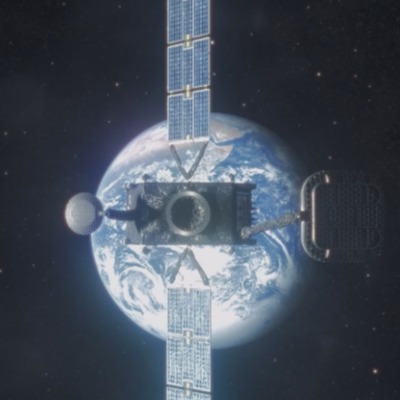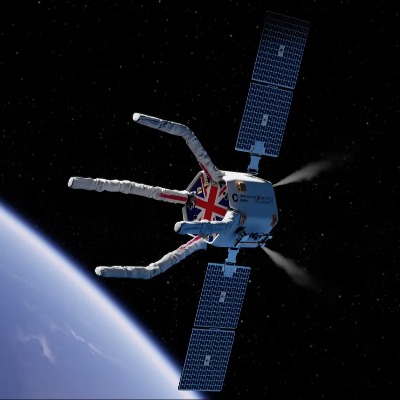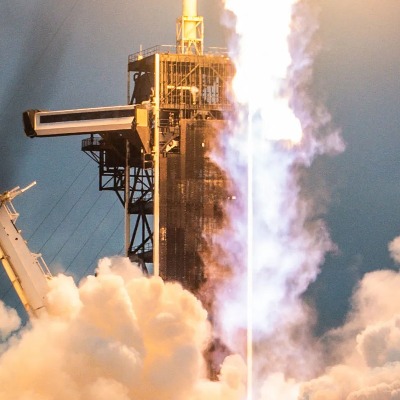Secrecy Shrouds Space: U.S. Agency Eyes Classified Payloads In New Satellite Procurement

The Space Development Agency (SDA), a newly formed U.S. agency tasked with developing disruptive space technologies, has sparked intrigue with its latest procurement announcement: 20 satellites carrying classified payloads. While details on the payloads and satellite capabilities remain under wraps, the move underscores the agency's focus on rapid innovation and its intent to shape the future of military space operations.
The satellites, dubbed "Transport Layer Tranche 2," fall under SDA's broader "Transport Layer" program, aiming to build a constellation of small, agile satellites for secure and resilient military communications. Details on the specific functions and applications of these classified payloads are shrouded in secrecy, fueling speculation within the defense and space communities.
"The payloads for these satellites are highly classified due to their sensitive nature," explained a spokesperson for the SDA, offering little else in terms of specifics. "Their capabilities will directly support critical space-based missions crucial to national security."
Experts believe the satellites could play a role in various areas, including:
- Secure communications: Enabling encrypted and robust communication channels for military operations beyond the reach of terrestrial networks.
- Data transmission and intelligence gathering: Facilitating the rapid transfer of critical data and intelligence from sensors in space and around the globe.
- Battlefield awareness and targeting: Providing real-time information and targeting data to commanders and troops on the ground.
Despite the lack of transparency, the procurement has garnered support from some quarters. Proponents argue that classified payloads allow the SDA to develop cutting-edge technologies without divulging sensitive information to potential adversaries. Additionally, they believe the agency's rapid acquisition approach is crucial to outpace competitors and maintain a technological edge in space.
"Investing in these classified payloads demonstrates the SDA's commitment to innovation and agility," said John Williams, a former Air Force space officer and current space industry analyst. "By keeping technologies close to the chest, the agency can gain an operational advantage while preserving national security interests."
However, others express concerns about the lack of transparency, especially surrounding the potential military applications of these satellites. Questions linger about potential impacts on arms control agreements and the militarization of space.
"While national security is paramount, complete secrecy can raise concerns about accountability and potential misuse," said Sarah Lewis, director of the Space Security Initiative at a non-profit arms control organization. "Maintaining some level of openness about the nature of these missions and their compliance with international regulations is crucial to maintaining trust and stability in the space domain."
The SDA's classified satellite procurement marks a significant step in the agency's ambitious mission to revolutionize military space operations. While the shroud of secrecy surrounding the payloads may raise eyebrows, it also reflects the agency's determination to secure America's future in the increasingly contested domain of space. As the satellites take their place in orbit, the full scope of their capabilities will remain a puzzle, a testament to the SDA's commitment to innovation and its role in shaping the future of warfare beyond the Earth's atmosphere.




